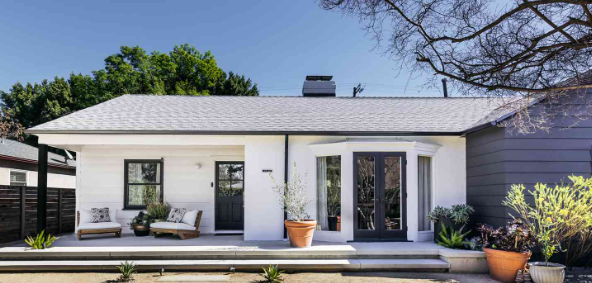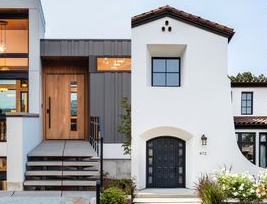
Rendering can be an important part of protecting and insulating your home; what’s more, it has a significant aesthetic impact. There are many different types of render available, but monocouche has become one of the most common. What is it that makes monocouche such a popular option?

Origins of monocouche
Monocouche originated in continental Europe, with its name coming from a French term meaning ‘single layer’ or ‘single bed’. This reflects that it only needs one coat for a successful application.
How does monocouche work?
Like other forms of render, you mix monocouche with water before applying it to the external walls of your home. Application can be by trowel or in spray form. The drying time depends on the weather, which is always an important consideration when rendering external walls. Drying could take anywhere between 5 and 36 hours. Seek out professional rendering Bristol to ensure monocouche is applied smoothly and effectively.
Advantages of monocouche
The fact that monocouche can be applied in only one coat and directly onto brickwork makes it a quick and simple option compared to other renders. It is also popular because it is available in many different colours, unlike silicon. In the long term, it offers strength and durability, providing 25 years or more of crack-free, breathable and energy-efficient insulation. This high quality generally costs more than a standard cement render and you need to be aware that despite the extended lifespan, one day it will start to crack and need repairing or replacing. Silicon renders are more flexible and resilient, but not as insulating.

When you are looking for rendering in Bristol, you have many options regarding the type of render that will be applied. Of these, monocouche has significant benefits and should be given proper consideration.

